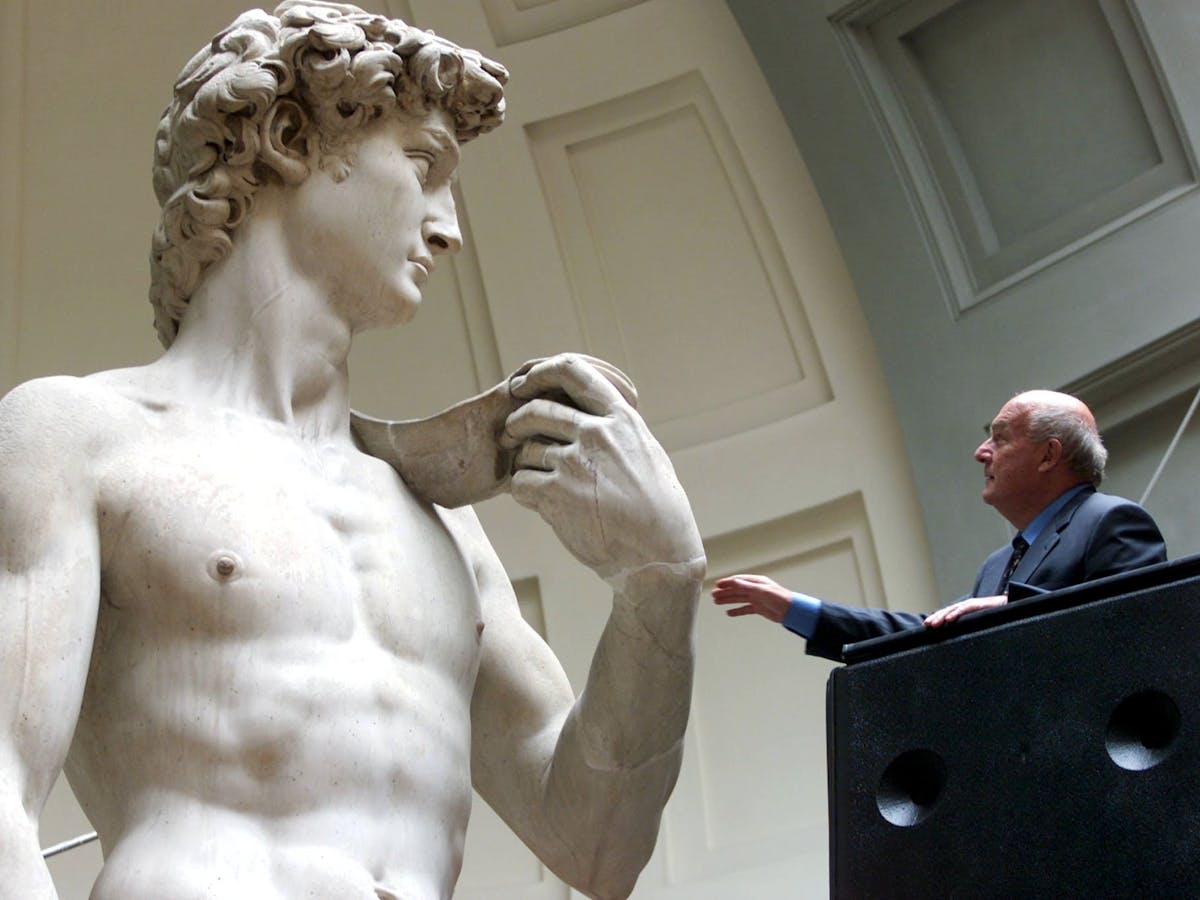This course is an introduction to the humanities, from the earliest times to present day. The goal is to familiarize students with a fundamental body of art, history, and ideas as a basis for understanding Western and non-Western cultures. In demonstrating the interrelationships between the creators of art and the historical and social forces at work in various cultures, the course fosters an understanding of the creative process and the uses of the arts.
What are the Humanities?
The humanities are those areas of thought and creation whose subject is human experience. Broadly speaking, the humanities are objects or experiences created by human beings. The role of the human creator, therefore, is central to any study of the humanities since, ultimately, they are a record of human experience The humanities convey information, yet this is not their primary function. More importantly, the humanities give form to what is imagined, express human beliefs and emotions, create beauty, move, persuade, and entertain their audiences.
The Humanities:
Visual Arts (paintings, drawings, sculpture, photography, textiles, etc.)
Architecture
Literature (nonfiction, novels, poetry, drama, speeches, letters, etc.)
Folklore (fairy tales, mythology, fables, etc.)
Music
Performing Arts (dance, opera, theatre, improv, etc.)
Recording Arts (movies, television shows, web series, video games, etc.)
History
Theology
Philosophy
Political Science
Anthropology, psychology, and sociology
The Study of Humanities
We study what survives, which is not necessarily all that once existed. Not all arts survive the passage of time. Art can be divided into the durable and ephemeral, or short-lived. Surviving objects tend to be large (like the Pyramids) or hidden (like the contents of tombs). Until human beings created the means of capturing moving images and sounds, the ephemeral arts such as music and dance could be described but not experienced. Therefore, some of the oldest arts – music and dance of the ancient world, for example – are lost. With the development of writing, humans began the long process of liberating themselves from the tyranny of time. They began to communicate across space and time, leaving a record of their lives. In our own century, we have seen our recording abilities explode from sound recording and silent movies at the turn of the last century into the digitized world of the internet today.
The Role of the Creator
The functions of the creator and the creation have varied widely during the past 5,000 years. In our time, the creator is seen as an independent worker, dedicated to the expression of a unique, subjective experience. In other societies, now and in the past, the arts are closer to to the lives of ordinary people. For most of history, creators have expressed the dominant beliefs in a culture, rather than rebelling against them.
Contexts and Aesthetics
Our understanding of humanities depends in part on our knowledge of the historical and social context surrounding a work. The branch of philosophy dedicated to thinking about the arts is called aesthetics. Aesthetic knowledge is both intuitive and intellectual; that is, we can grasp a work of art on an emotional level while at the same time analyzing it. There is no single, unquestionable body of aesthetic knowledge. Each culture has its own aesthetic preferences. In addition, different disciplines and different styles within a culture reflect different values.
Seeing the arts within their historical and social context is necessary for understanding their development. For example, the figure of the biblical giant-killer, David, was popular during the Renaissance in the Italian city-state of Florence. Michelangelo’s David was commissioned by the Florentine city officials. Florence had recently fought off an attempt at annexation by the much larger city-state of Milan. Thus, the biblical David slaying the giant, Goliath, became a symbol of Florentine cleverness and courage in defense of independence. It is a theme particular to its time and place, yet one that has been used throughout history to express the success of the “little” person against powerful exploiters.
Critical Thinking
Among the most important purposes of any study of the humanities is to develop habits of the mind, including critical thinking, By critical thinking, we do not mean “being critical” of something in the ordinary sense. Rather, we mean developing the capacity to analyze and synthesize, compare and contrast, understand causes and effects, understand, appreciate, and evaluate the cultural productions – the creations of all civilizations, whether ancient or modern, and whether similar to or radically different from our own.
Critical thinking in this sense involves asking questions, making observations and connections, drawing inferences and provisional interpretive conclusions about the meaning of works and considering their importance to the civilizations in which they were created.
In addition, when we study civilizations of the past, we are not just studying cultural artifacts and learning about historical events. We are learning about people, human beings, who, like us, experience joy and sorrow, frustration and elation, pleasure and pain. The study of humanities throughout history is critical to understanding ourselves in today’s world. Studying humanities not only adds to your stock of knowledge, but enriches your own life by deepening your appreciation for other people and their values.
- Why do you think it is important to study the humanities?
- What do you hope to learn from your study of humanities in this course?


